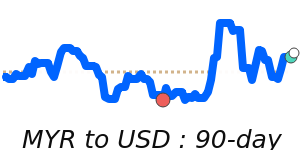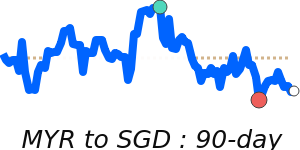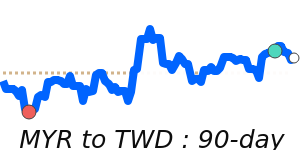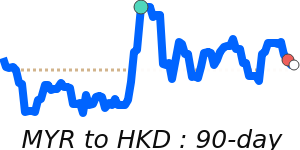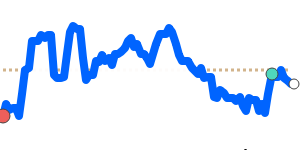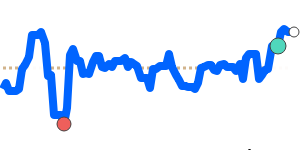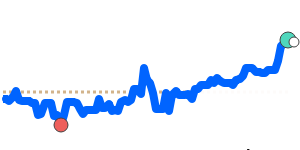The Malaysian Ringgit (MYR) is showing promising signs of appreciation based on several positive economic indicators and market forecasts. A recent assessment indicates that Malaysia's strong economic fundamentals, such as robust GDP growth and ongoing fiscal reforms, are expected to support the MYR's favorable performance against major currencies. Analysts predict that the MYR could rise to around RM3.93 against the US dollar by mid-2026, reflecting growing confidence in Malaysia’s economic resilience.
Interest rate differentials will also play a significant role in shaping the MYR's trajectory. The anticipated interest rate cuts by the Federal Reserve in 2026 are likely to diminish any advantage held by the US dollar, potentially strengthening the MYR as a result. Such developments are supported by experts who highlight that a narrowing gap in interest rates could enhance the appeal of Malaysian assets.
Additionally, global de-dollarization efforts are increasingly relevant in the current economic landscape. Malaysia stands to gain as countries around the world seek to reduce their dependency on the US dollar. This trend is seen as an opportunity for Malaysia to attract new investments, bolstering overall economic confidence and currency strength.
Another key factor contributing to the MYR’s bullish outlook is the improved fiscal position of Malaysia. A narrowing fiscal deficit and increased foreign capital inflows, particularly into government securities, are expected to enhance currency stability and might lead to further appreciation of the MYR.
Recent trading data shows that the MYR has been relatively stable against several major currencies, trading at 0.2463 against the USD, which is 2.3% higher than its 3-month average. against the Euro, the MYR stands at 0.2100, reflecting a 1.5% increase from its average. The MYR is also up 1.2% against the British pound at 0.1832, and it hit a 7-day high of 38.67 against the Japanese yen, 4.0% above its average in recent months.
However, fluctuations in oil prices continue to impact the MYR, as Malaysia is a key oil exporter. Current oil prices are around $61.60, which is 2.2% below the 3-month average of $62.99 and indicates a volatile market with a significant trading range recently. Given Malaysia's reliance on oil revenue, sustained low prices could have implications on the MYR's strength.
Overall, the combination of a positive economic outlook, changing interest rates, global investment trends, and a strengthening fiscal position suggests a favorable future for the Malaysian Ringgit in 2026.
